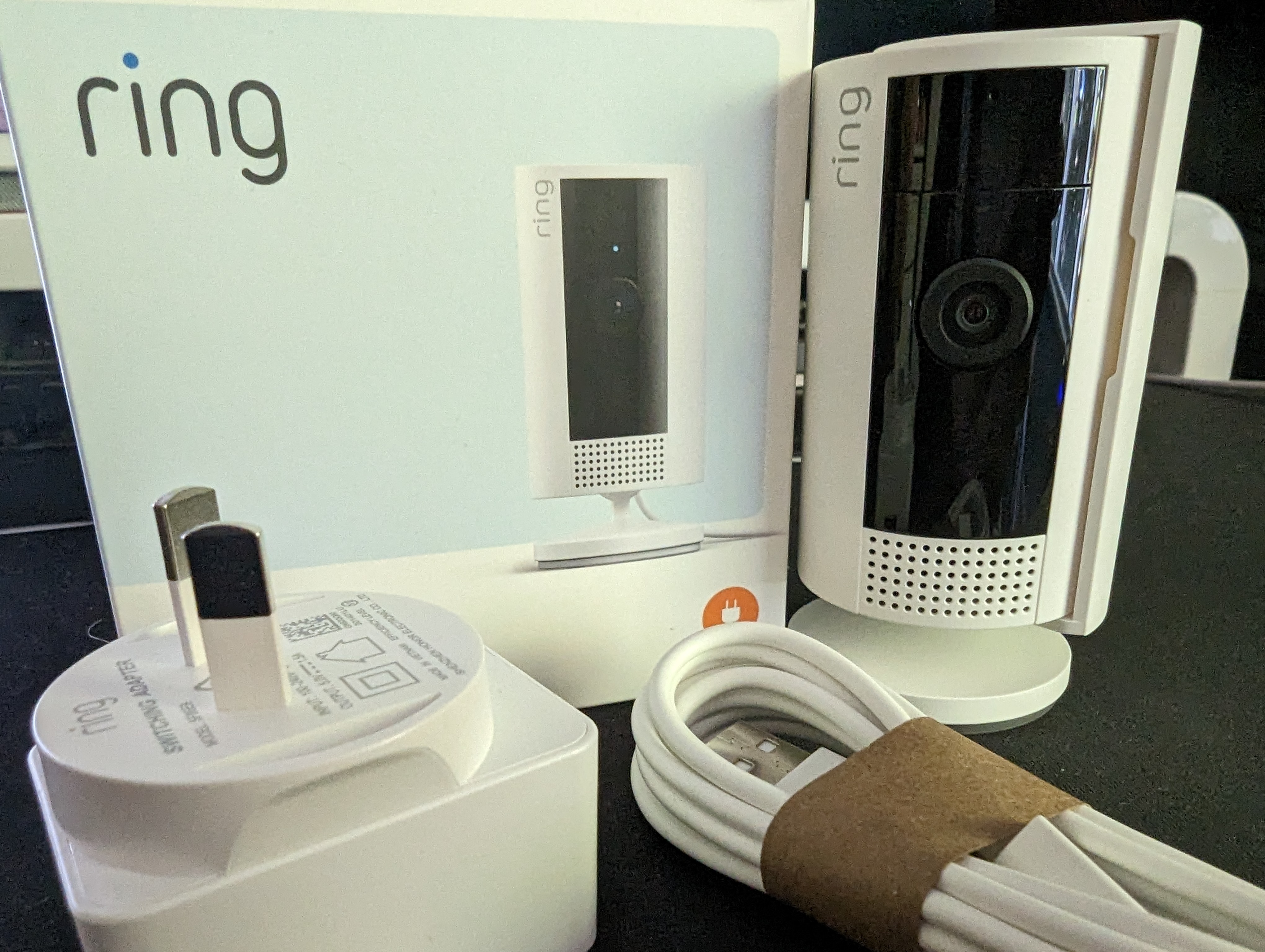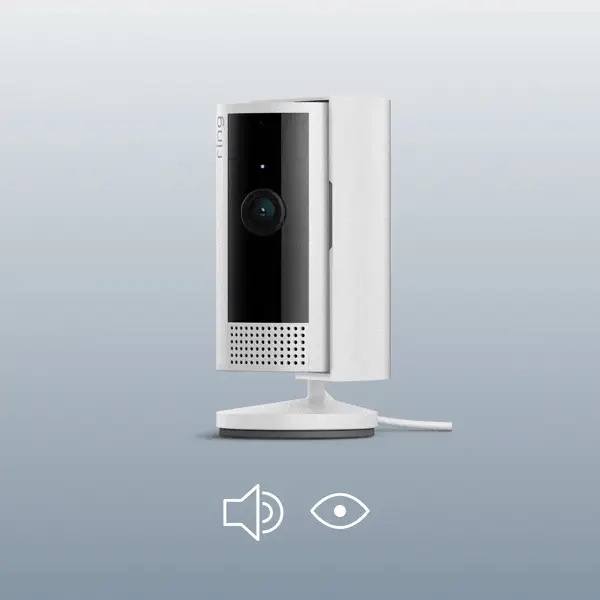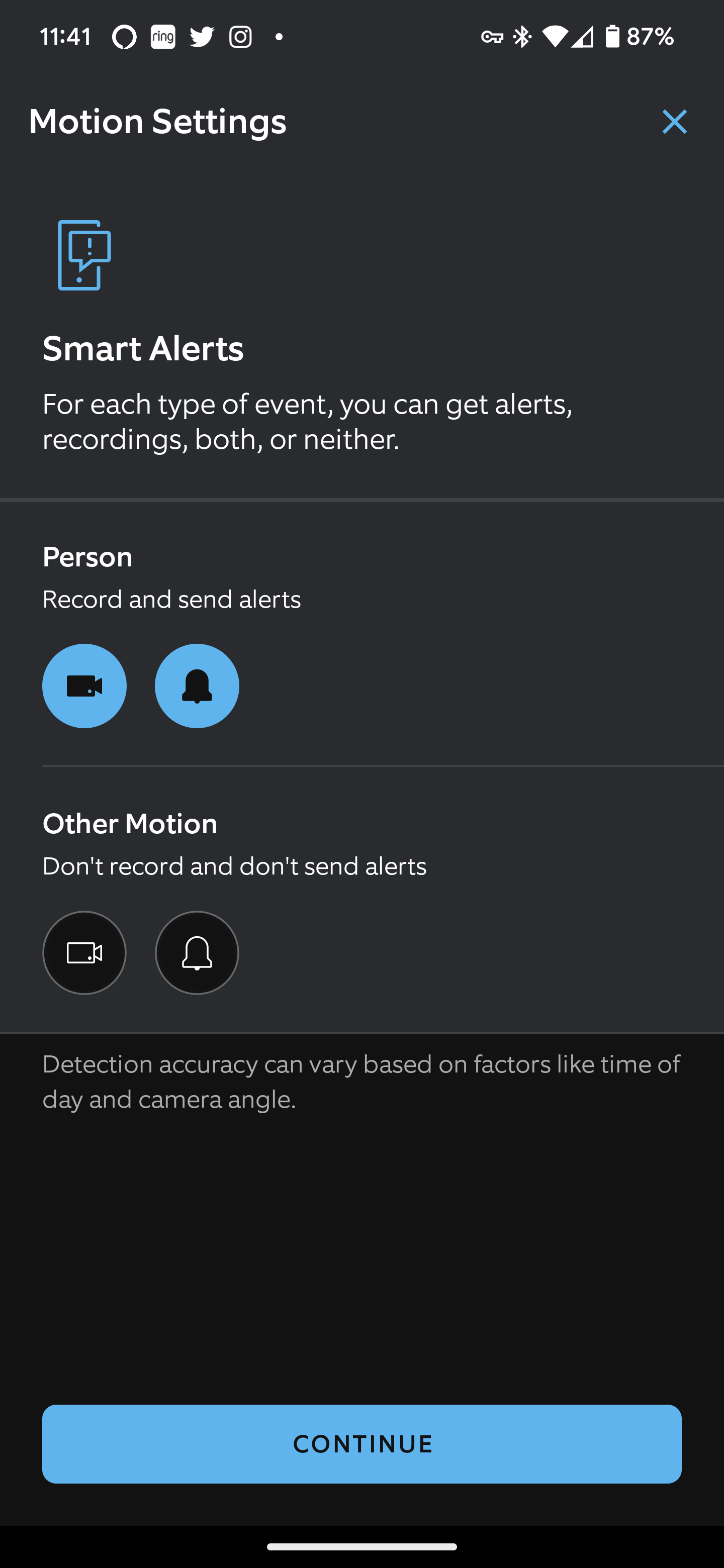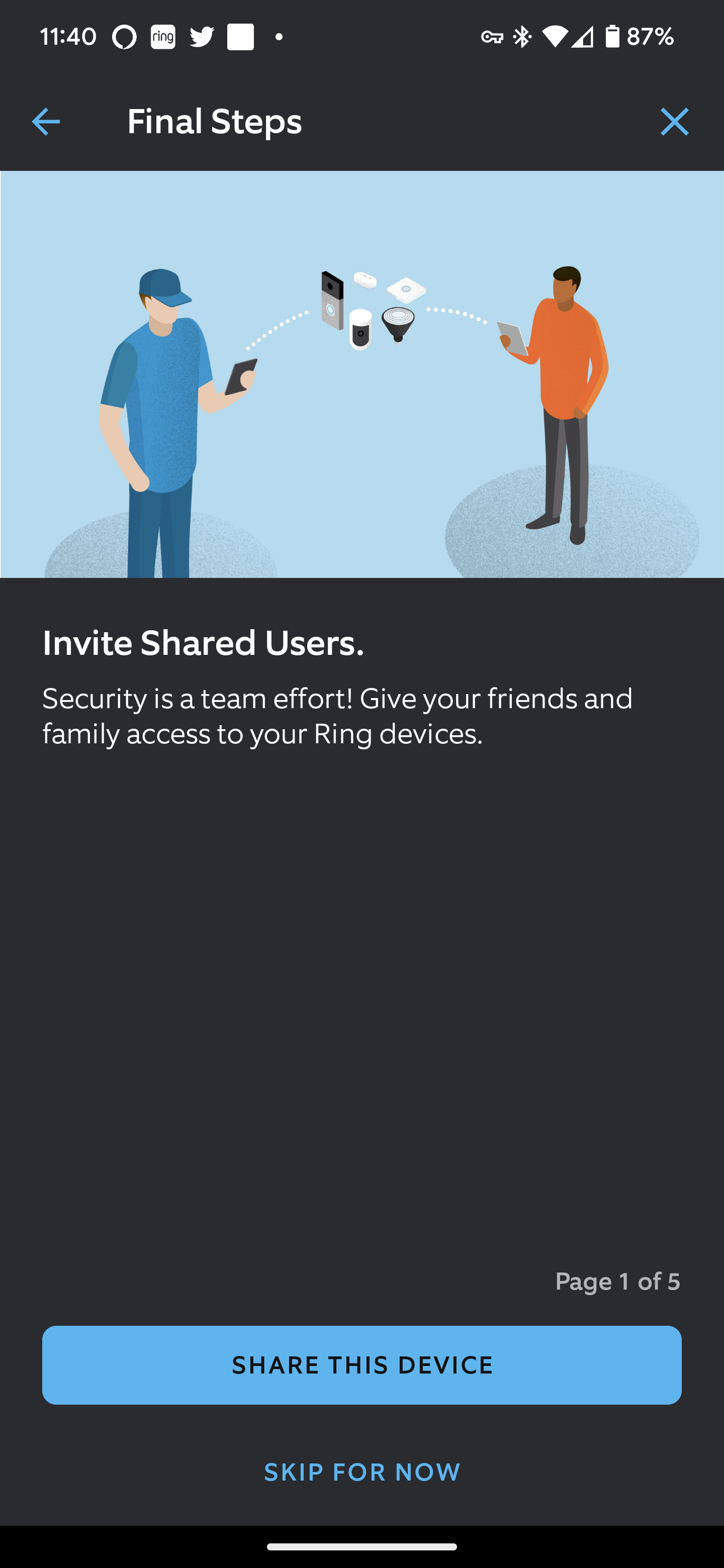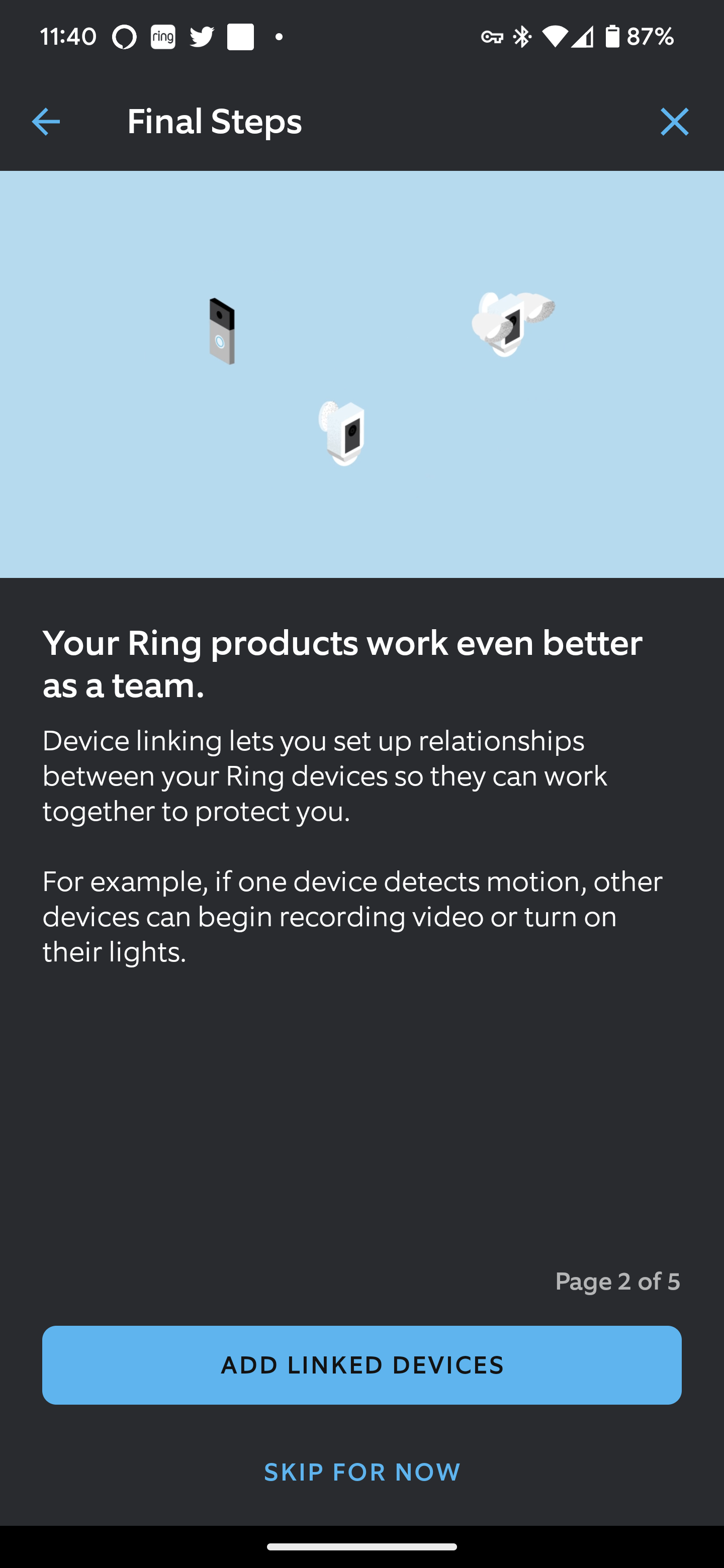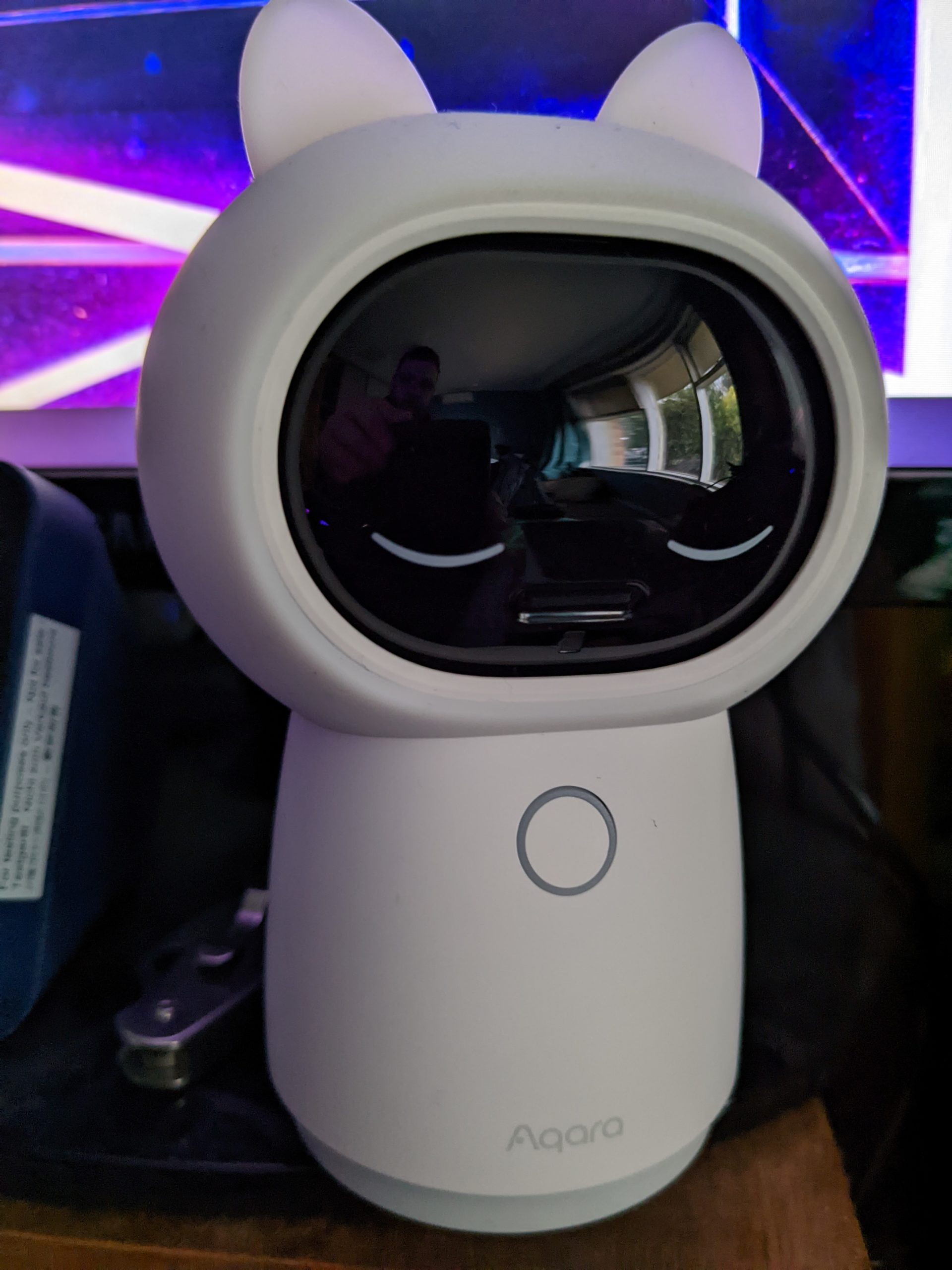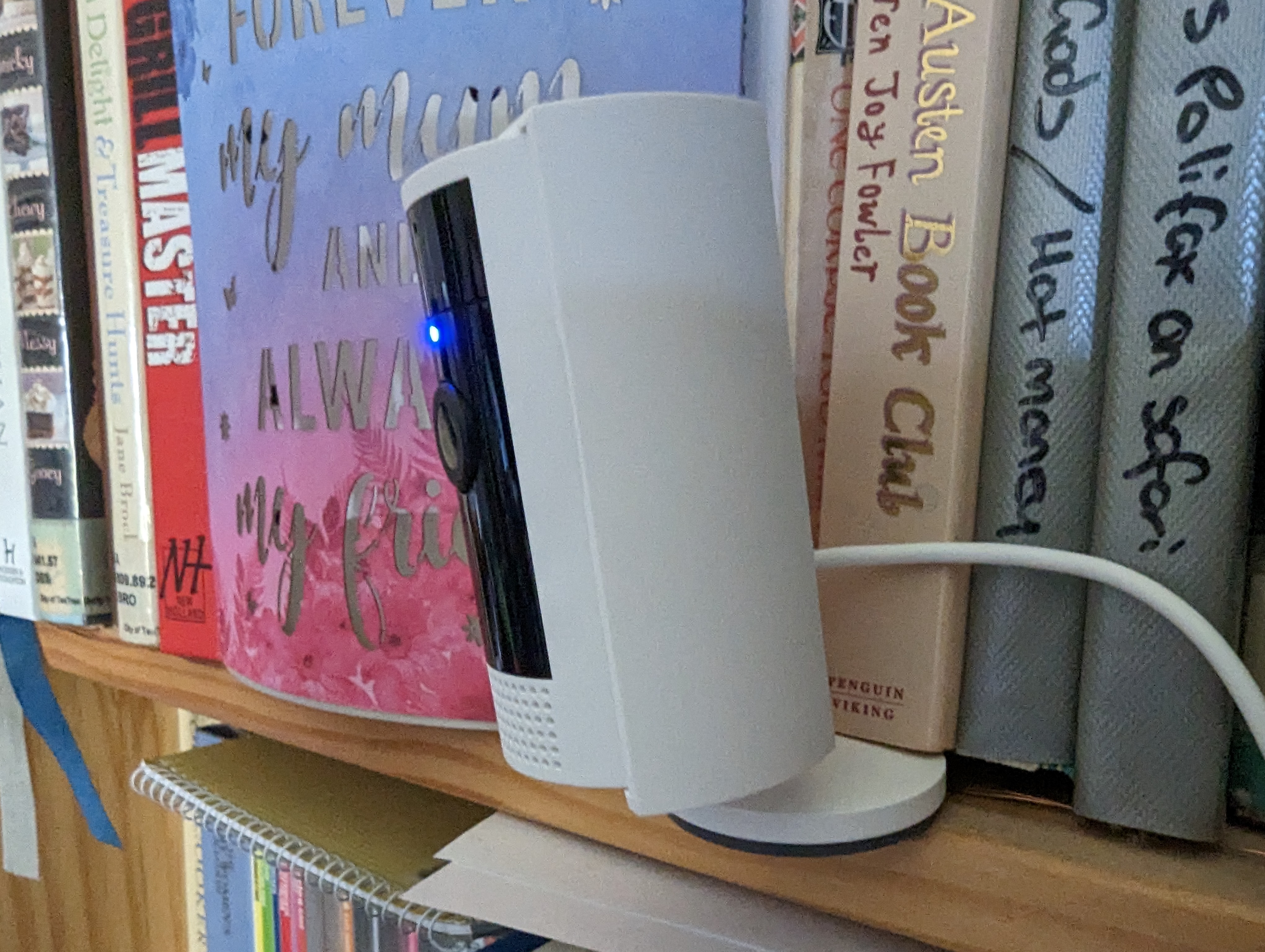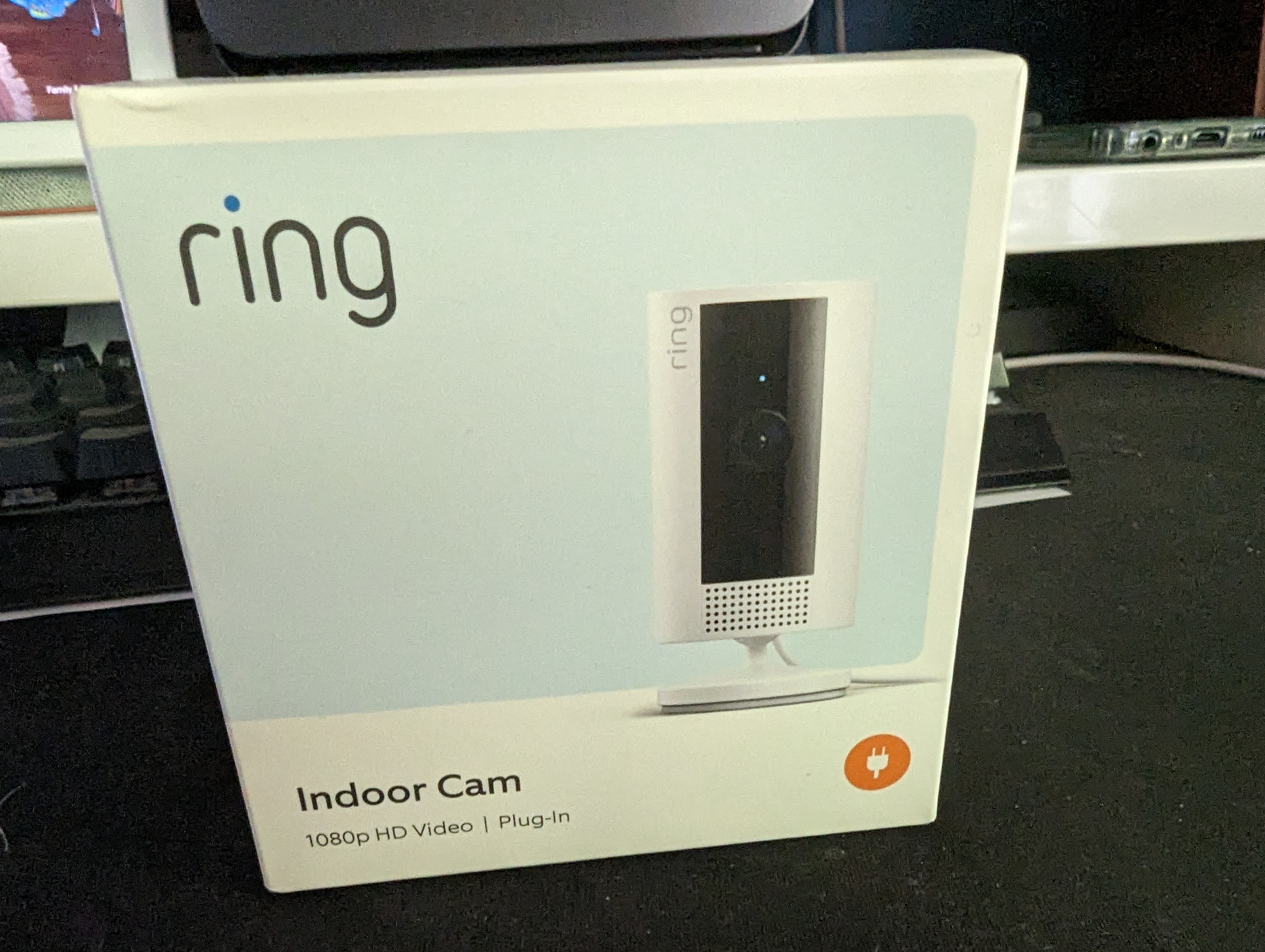I want to start by stating that I like Ring devices and their services. But I’m not sure that the Ring Indoor Cam (2nd Gen) has hit the marks that users expect of the brand. Compared to the previous version of the device, the only real difference users will see is the manual privacy cover. The field of view isn’t particularly wide, and the response to changing light only just rates a pass mark.
Now I’m going to tell you why I feel like that’s actually okay in the current DIY security space.
What is it
The camera is a remarkably small device that captures an FHD video stream at a relatively narrow 135-degree field of view. Those who’ve seen the specs will know it’s relatively low resolution at 1080p, but aside from this, it offers all of the features we’ve come to expect from devices in the Ring ecosystem.
One key difference here is that it’s an indoor camera and as such is a plug-in powered device. The mounting is well thought out in that it can be a free-standing camera or mounted to a wall making it quite versatile at working in available spaces.
In terms of features, it’s ticking the boxes, including:
- Live stream to your device and two-way communication
- Motion detection and alerting – more on this later…
- Person alerts – requires a Ring Protect subscription
- A manual privacy cover
There are no lights or siren capabilities on this, but honestly, I wouldn’t want those in my house. The lights would be a potential nuisance at night, and a siren would be the last of my concerns if someone was in the house when I was home.
Setup, Privacy and alerts
While the routine doesn’t change a lot, compared to many of its competitors, Ring has very much nailed the setup process. Add a camera, scan the QR and follow the bouncing ball.
The entire process took me a little over 6 minutes from breaking the seal to installation of the device in my living room. Given the camera is 4.9 x 4.9 x 9.6 cm in dimensions, you don’t need much space to fit it into either.
Once you’ve set it up, you need to consider the privacy of the space you’re setting it up in. For me this meant considering privacy zones, as well as when I want to consider using the privacy shield. This was a real sticking point for me, because, like the Aqara G3 Hub, it shouldn’t be difficult to implement an automatic privacy shield; probably an unfair comparison given the cost difference though.
The other consideration was scheduling or geofencing to enable and disable the camera, but with family in and out through various and unpredictable times of the day, that’s problematic. Ultimately, I opted for scheduled activation and no notifications after a couple of weeks because the notifications got to be too much. I still get a notification when the privacy shield is opened and closed, and I still have access to recordings when the scheduled activation is running.
You can have as many or as few alerts as you choose through settings. I also am very fond (particularly as my daughter seems to like roaming in laps past all of our Ring cameras) of the ability to snooze notifications for individual cameras for a period of time. I know I could have done this for the Indoor Camera, but I don’t want to be doing that a couple of times a day.
Daily use: Simple, effective and potentially annoying
I’ve never been a big fan of having a cloud-recording camera inside the house, particularly in spaces like bedrooms, regardless of the potential security advantages. If your recordings are all held on-premises with no external access, I’d be happy to discuss this, but generally, for me, it’s a no…
Taking my criticisms with something of a grain of salt may be worthwhile. The biggest issue I have with this camera is the volume of notifications you may get in high-traffic areas if you leave them on. It does get annoying quickly, so the Ring Indoor Camera (2nd Gen) quickly becomes more about reactive surveillance than active observation of your property.
Of course, you can set the geofencing to turn cameras and their features on and off; however, if you’re out and family members are home, it’s still pretty annoying.
It’s definitely useful to check in on activities in your home if you’ve got kids or pets at home when you’re not there. But like any other security camera in a high-traffic area, you’ll want to have it scheduled to activate at times when you’re asleep or no one is home to avoid the potential for a lot of unwanted notifications.
Is it worth buying?
As a stand-alone camera, unless it’s to monitor pets while you’re not home, then honestly, no…
The field of view is a bit narrow, and the resolution, while acceptable, will not set the world on fire.
What the Ring Indoor Camera (2nd Gen) offers users is convenience, reliability and visibility of key areas inside your home. While I turned off notifications, I knew that if someone who was not invited were in my home, I’d have the necessary footage to identify them and the areas of my home they’ve been into. Talking to a couple of Police officers I know, they’ve used internal CCTV to identify surfaces that intruders have touched and, from this, taken fingerprints for potential later use.
The Ring Indoor Camera (2nd Gen) is a great supplementary camera to an existing system to add more features and visibility in your home. Despite some gripes about the specs and design, it’s not a tough sell for most people and well worth the relatively low cost of $99.00 to further protect your home.
You can pick one up through the usual retail channels or via the Ring website.
Disclosure Statement
Due to shipping costs, Ring has not requested the return of the hardware following review.

